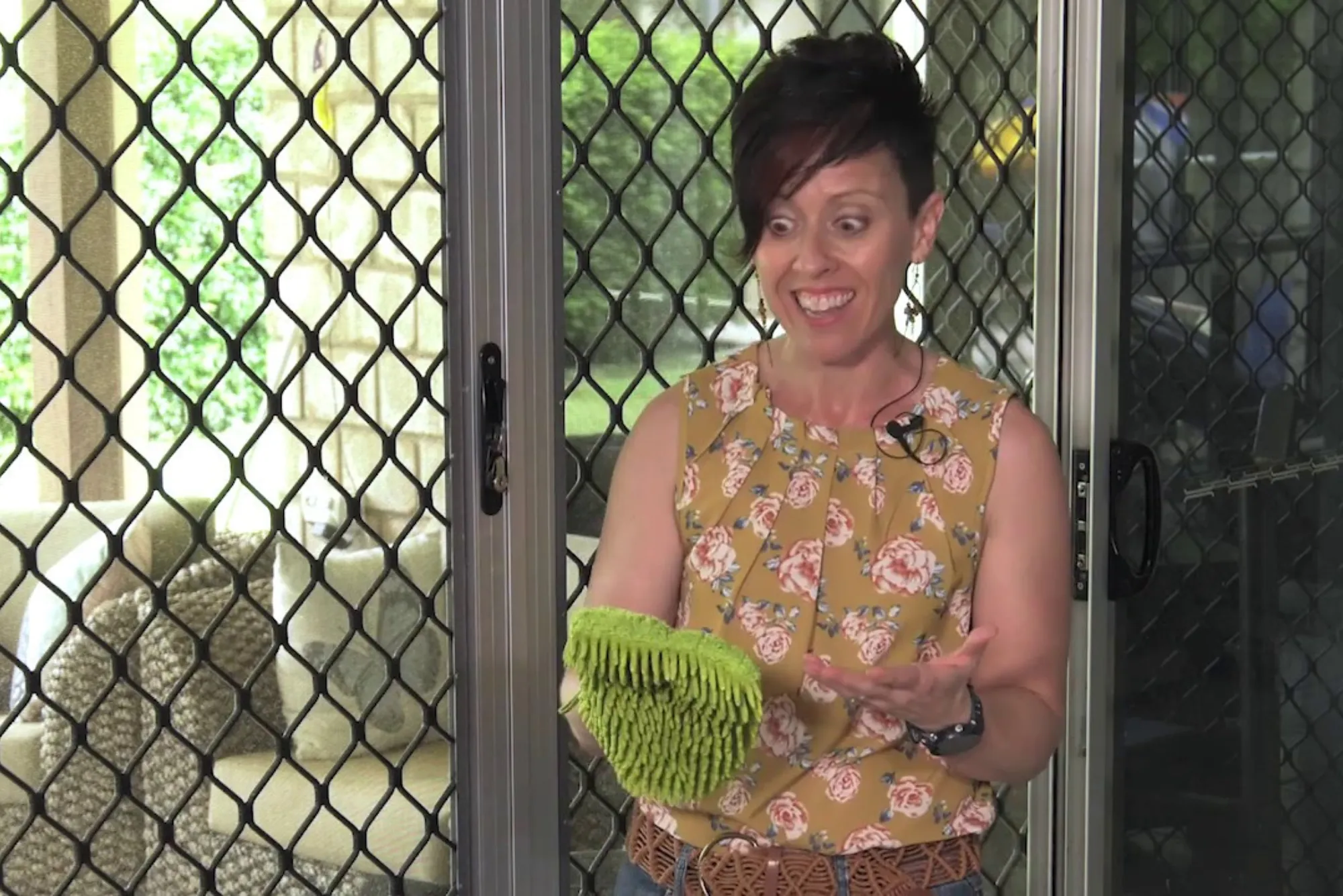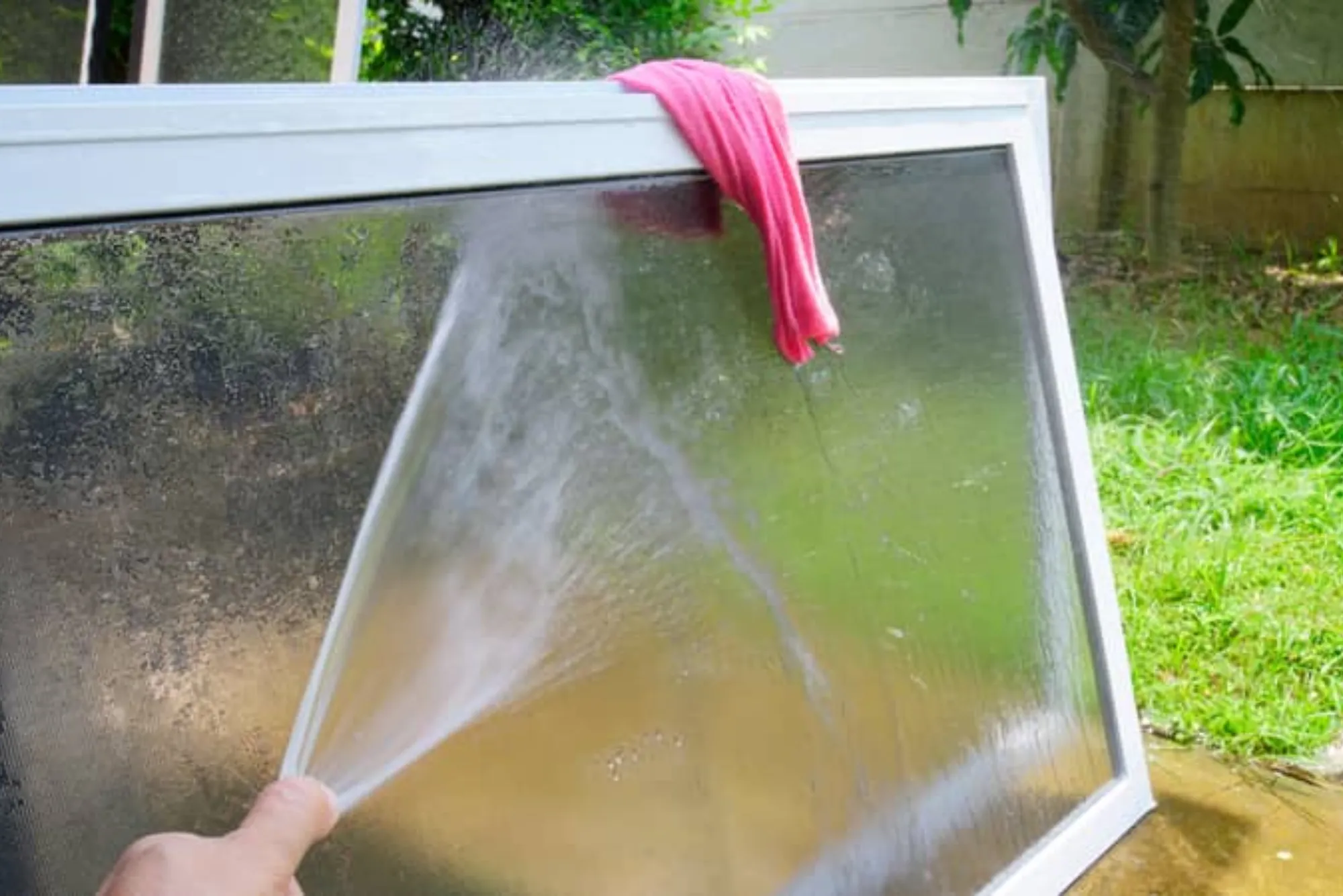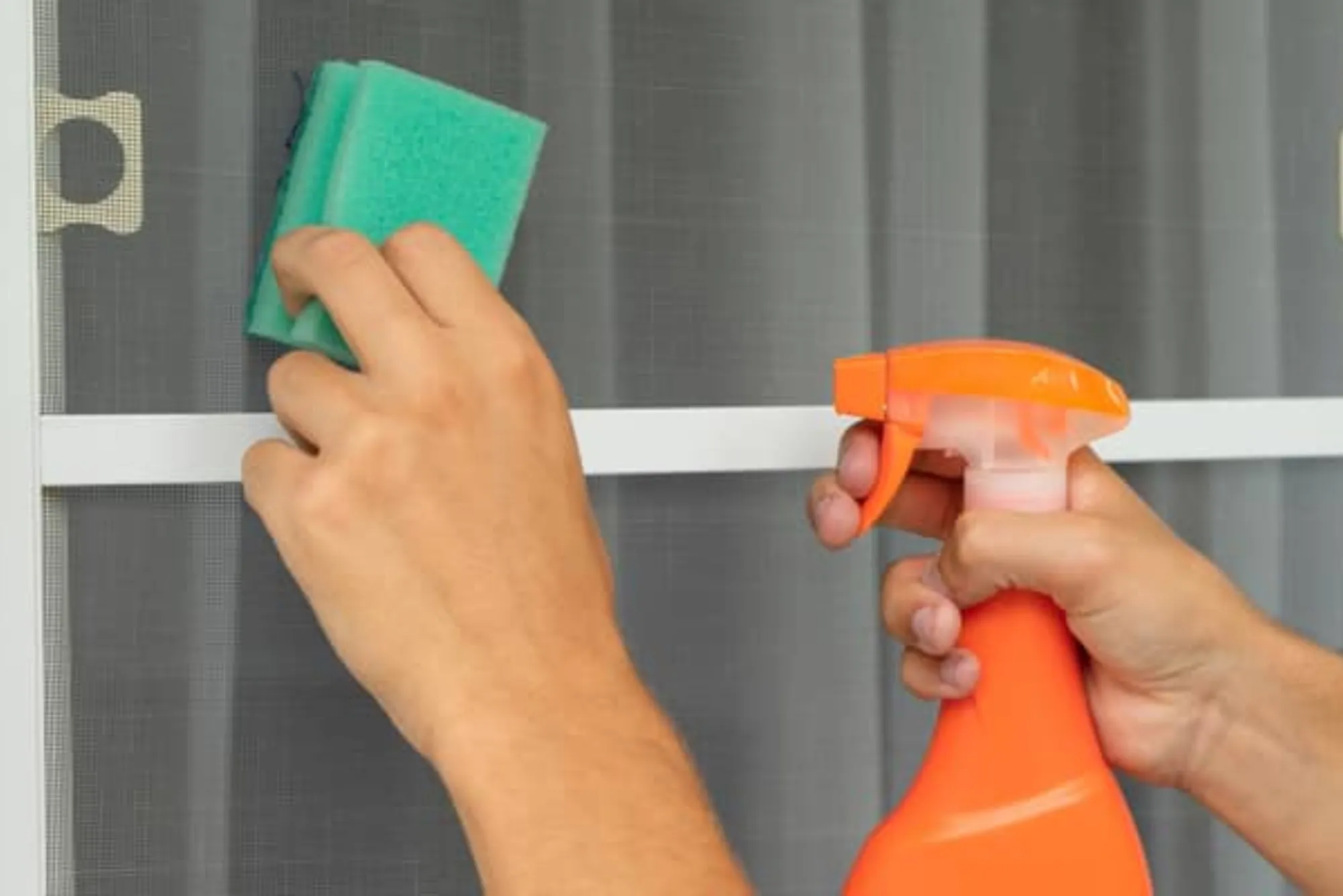Fly screens are a crucial component of maintaining a comfortable and insect-free home environment. They allow fresh air to circulate while keeping bugs out, making them essential for homes in various climates. In places like Dubai, where the weather can be harsh and dusty, maintaining your fly screen becomes even more important. This comprehensive guide will walk you through the process of cleaning and maintaining your fly screen, ensuring it remains effective and in good condition.
Understanding Fly Screens
Fly screens, also known as insect screens, are designed to keep insects out of your home while allowing air and light to flow in. They play a crucial role in maintaining a comfortable and hygienic indoor environment. Here’s an in-depth look at what fly screens are, how they work, and their importance.
What Are Fly Screens?
Fly screens are mesh barriers installed on windows and doors. They are typically made from materials such as fiberglass, aluminum, or stainless steel. The mesh is fine enough to block small insects, such as flies, mosquitoes, and other pests, while still allowing air to circulate. This mesh can be framed in various ways, depending on the design of the window or door it’s meant to fit.
How Do Fly Screens Work?
Fly screens work on a simple principle: they use a mesh material to create a physical barrier that prevents insects from passing through. Here’s a breakdown of how they function:
Mesh Material
The mesh used in fly screens is made from materials like fiberglass or aluminum, woven into a fine grid. The size of the mesh openings determines what insects can be kept out. The mesh needs to be small enough to block the entry of pests but large enough to allow air and light through.
Frame
The mesh is typically stretched and attached to a frame that fits into the window or door opening. This frame can be made from various materials, such as wood, metal, or plastic, depending on the screen’s design and the surrounding architectural elements.
Installation
Fly screens are either fixed or removable. Fixed screens are permanently attached to the window or door frame, while removable screens can be taken out for cleaning or replacement. The installation method ensures that the screen stays in place, even when the window or door is open.
Ventilation
By allowing air to pass through, fly screen help maintain ventilation in your home. This is particularly important in hot climates, where keeping windows open can help cool down indoor spaces while preventing pests from entering.
Types of Fly Screens
Fly screens come in various types and designs, each suited to different needs and preferences:
Fixed Screens
These are permanently attached to the window or door frame. They are ideal for windows that do not require frequent opening or for doors that are always kept closed.

Removable Screens
These screens can be easily removed for cleaning or storage. They are useful for windows or doors that need to be opened frequently.
Retractable Screens
These screens can be rolled up or retracted when not in use. They are often used in doors and windows where the screen is only needed occasionally.
Magnetic Screens
These screens use magnets to attach to the frame and can be easily removed and reattached. They are convenient for doors and windows where a temporary or adjustable screen is needed.
Custom Screens
For unique window or door sizes and shapes, custom fly screens can be designed and installed to fit perfectly.
Importance of Fly Screens
Fly screens are important for several reasons:
Insect Protection
The primary function of fly screens is to keep insects out of your home. This helps in maintaining a hygienic environment and reduces the risk of insect-borne diseases.
Ventilation
Fly screens allow for natural airflow, which helps to cool your home and reduce reliance on air conditioning. Proper ventilation also helps in reducing indoor humidity and improving air quality.
Safety
Screens prevent insects from entering your home, which can be particularly important in areas with high populations of pests or in homes with small children who may be more vulnerable to insect bites.
Preservation
Fly screens protect the interior of your home from dust, leaves, and other debris that can be blown in through open windows and doors. This helps in keeping your home cleaner and reducing the need for frequent cleaning.
Fly Screens in Dubai
In Dubai, where the climate is extremely hot and dusty, fly screens play a vital role in maintaining indoor comfort. The high levels of dust and sand in the environment can quickly accumulate on screens, making regular cleaning and maintenance essential. Additionally, the intense heat can affect the durability of the screen material, making it important to choose high-quality materials and designs suited to the local climate.
Fly screens in Dubai may also be subjected to additional wear and tear due to the harsh environmental conditions. Therefore, selecting durable materials and ensuring proper installation and maintenance are crucial for ensuring their effectiveness and longevity.
Cleaning Your Fly Screen
For the most effective cleaning, it’s best to remove the fly screen from its frame. This step allows you to clean every part of the screen and ensures you can handle it without risking damage to the surrounding area. To remove the screen, gently pull it out of the window or door frame. Depending on the type of screen and frame, you may need to use a screwdriver or other tools to detach it. In Dubai, where dust and sand can accumulate quickly, handling the screen carefully during removal is crucial to avoid creating additional mess.
Dust Off the Screen
Once the screen is removed, use a soft brush or a vacuum cleaner with a brush attachment to remove loose dust and debris. This step is especially important in Dubai due to the high levels of dust in the environment. Brushing or vacuuming helps to dislodge and remove particles that could otherwise become ingrained in the mesh during washing.
Wash the Screen
Prepare a cleaning solution by filling a bucket with warm water and adding a small amount of mild dish soap. Dip a clean cloth or sponge into the soapy water and gently scrub the fly screen. Focus on areas with stubborn dirt or grime. If the screen is particularly dirty, you may need to change the water and soap solution a few times.
For a more thorough clean, use a garden hose to rinse the screen. This method helps to remove soap residue and dislodge any remaining dirt. Ensure that you rinse both sides of the screen to achieve a thorough clean. Be cautious with the water pressure; excessive force can damage the screen material.
Dry the Screen
After washing, shake off excess water and allow the screen to air dry completely before reattaching it. It’s important to let the screen dry thoroughly to prevent mold and mildew growth. In Dubai’s arid climate, drying may be relatively quick, but ensure that the screen is fully dry before putting it back in place.
Maintaining Your Fly Screen
Regular inspections are key to maintaining the effectiveness of your fly screen. Check the screen periodically for signs of damage such as holes, tears, or sagging. In Dubai, where the environment can be particularly harsh, the screen material may wear out more quickly. Early detection of damage allows for prompt repairs, preventing further issues and maintaining the screen’s effectiveness.
Repairing Minor Damage
For small tears or holes, use a patch kit specifically designed for Dubai Fly screen. These kits are generally easy to use and can extend the life of your screen. Follow the instructions provided with the patch kit for the best results. For more significant damage, consider replacing the damaged section or the entire screen if necessary. In Dubai, where screens are subject to more wear and tear, addressing damage promptly will help maintain their functionality.

Keep Surrounding Areas Clean
Maintaining cleanliness around the fly screen area can help reduce the amount of dust and debris that accumulates on the screen. This is particularly important in Dubai’s dusty environment. Regularly clean the surrounding window or door frame, as well as any adjacent surfaces, to minimize the amount of dust and dirt that can be drawn to the screen.
Check for Proper Installation
Ensure that the fly screen is properly installed in its frame. A well-installed screen will fit snugly and prevent gaps that insects can exploit. In Dubai, where the climate can cause materials to expand and contract, it’s important to check the screen’s fit regularly and make adjustments as needed.
Fly screens are a vital part of maintaining a comfortable and insect-free home environment. Regular cleaning and maintenance are crucial to ensuring that they remain effective, especially in challenging climates like Dubai. By following these steps for cleaning and maintaining your fly screen, you can extend its lifespan and ensure that it continues to provide protection from insects while allowing fresh air to circulate through your home.












